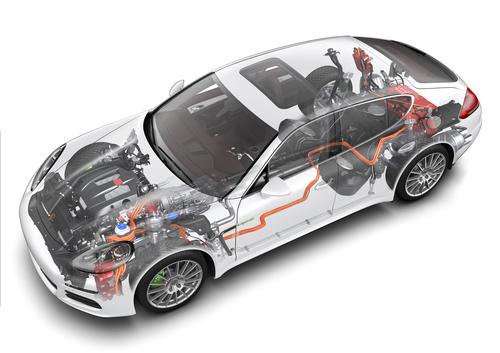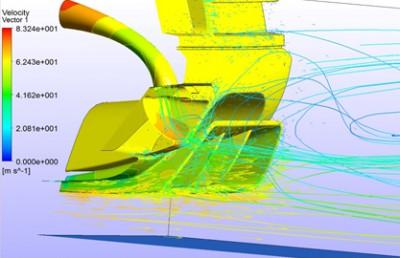September 22, 2014

Conventional wisdom holds that MIT, Cal Tech, and Stanford are three of the country's best undergraduate engineering schools. Unfortunately, when conventional wisdom visits the topic of best engineering schools, it too often leaves out some of the most distinguished programs that don't happen to offer PhD-level degrees.
Many engineering schools offer only bachelor's- and master's-level studies and, contrary to what some may think, are proud of it. Rose-Hulman Institute, Harvey Mudd College, and Olin College of Engineering, for example, offer distinctive alternatives to the big research-oriented schools, replacing unapproachable professors with committed teachers and swapping high washout rates for close-knit community spirit.
"Core values in the big schools hinge on the faculty members' ability to bring in dollars," Ziyad Duron of Harvey Mudd College told Design News in 2008. "Your research dollars are expected to offset a certain portion of your salary. And you need to bring in a certain amount annually because you need to support five or six graduate students."
In contrast, smaller schools pride themselves on their teaching. They try harder to engage students, cultivating relationships with them and offering outside context to classes. Olin, for example, introduces students to lathes, mills, and laser cutters in the school's machine shop. Rose-Hulman profs take students on field trips, where they get to see the social significance of their profession.
We offer a peek at a few of the too-often-forgotten schools that offer only bachelor's- and master's-level engineering curriculums. From Rose-Hulman and Olin to the US Air Force and Naval Academies, we present a mini-review of some of the best.

Related posts:
About the Author(s)
You May Also Like



